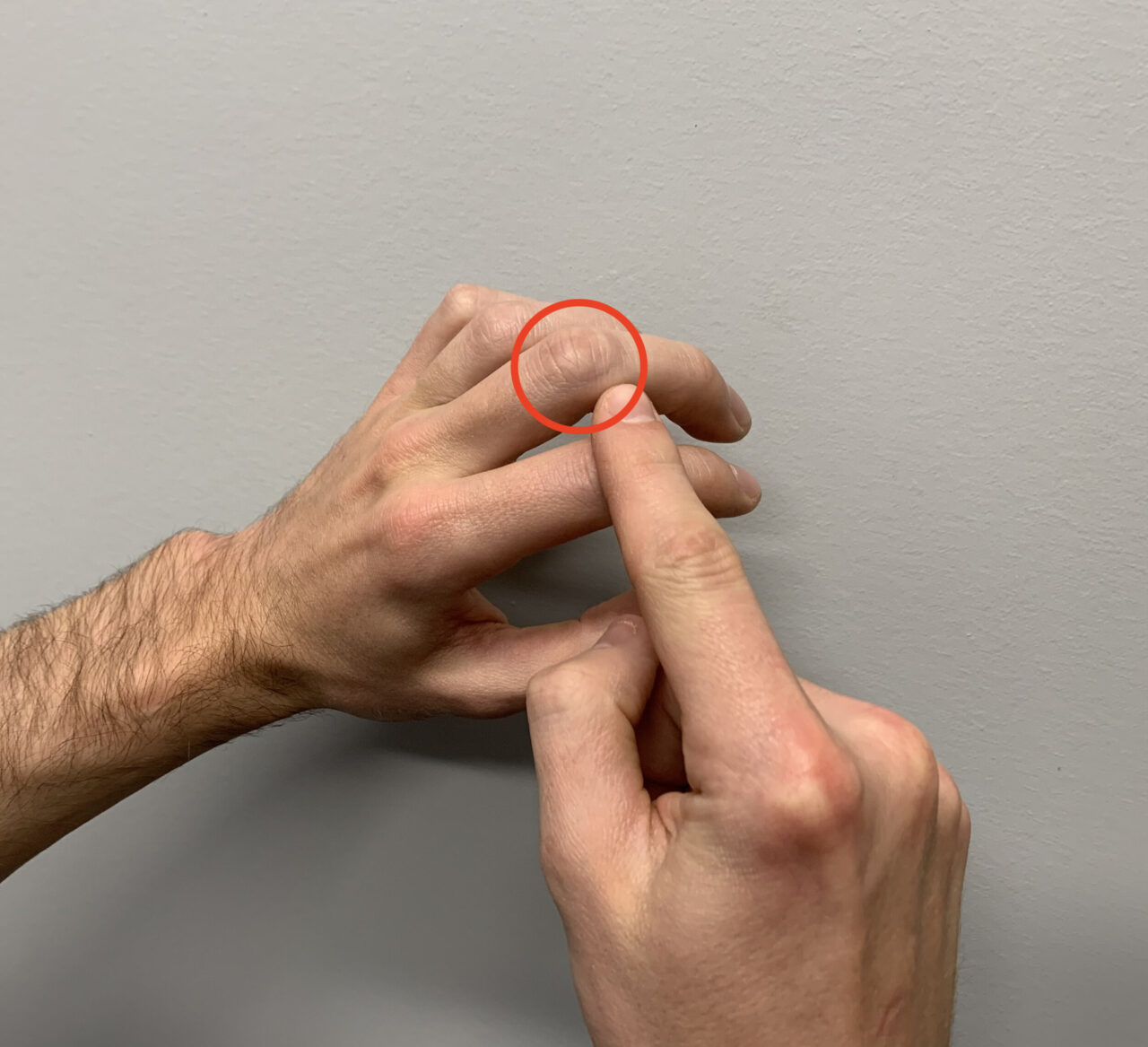Epiphysial growth plate injuries to the fingers are a serious concern for youth rock climbers. If left untreated, or improperly diagnosed, it can lead to long term problems such as finger growth abnormalities and disfigurement, chronic finger pain, and inability to continue climbing due to pain and dysfunction. Therefore, proper identification of this injury by a medical specialist is paramount.
This injury occurs in youth athletes because their finger growth plates are not fully closed and the excessive forces caused by climbing create a shearing force to the dorsal portion of the growth plate.
So how do you know if you have a growth plate injury? Here are the common presentation pattern of finger growth plate injuries to be aware of for yourself or someone you know:
-Pain is on the dorsal surface (back side) of the finger
-Pain started gradually due to repetitive stress, not an acute injury
-The climber is of pubescent age and recently or currently is going through a growth spurt
-Pain and swelling to the finger that lasts for more than 48 hours after climbing
-Symptoms most commonly occur to the middle phalanx of the middle finger
These injuries are often over looked because there is little understanding and ability to recognize the symptoms among climbers, parents, and coaches alike. Many will mistake these symptoms for a pulley injury which is actually extremely rare in youth climbers. Since these two injuries are treated differently, a misdiagnosis can lead to prolonged pain and dysfunction.
The best way to avoid these injuries are:
-Early identification of symptoms and referral to a specialist for diagnosis and imaging
-Avoid “double dyno” training movements for climbers under 18 years old
-Take at least two weeks off of climbing per year
-Track the climber’s height over time to see when they are experiencing rapid growth, then closely monitor finger pain at that time
-It should be noted that currently no evidence-based link exists between improper warm up and finger growth plate
Return to climbing after an epiphysial growth plate injury should be done under the supervision of a medical specialist, using an evidence-based approach. If you or someone you know is recovering from this type of injury, schedule an appointment with a specialist at Mend to get the expert advice you need to safely return to climbing.

